I'm having layout issues with my horizontal UIStackView in a custom UITableViewCell when showing/hiding arrangedSubviews when the horizontalSizeClass changes.
My stack view contains a number of subviews, each of which, depending on cell configuration and size class, are either hidden or shown. The UIStackView is designed to handle arranging the shown views, but upon rotation, layout issues arise.
Issues:
- Sometimes, the appropriate subviews are either not shown or not hidden when they ought to be.
- Sometimes, the subviews are inappropriately laid out, not filling the stack view's width.
Attempts:
I've attempted a number of things to address the layout:
- Overriding
viewWillTransitionToSize:transitionCoordinatorto reload the table and/or force layout - Overriding
viewWillTransitionToTraitCollection:withTransitionCoordinatorto reload the table and/or force layout - Overriding
layoutSubviewsto re-configure the stack view'sarrangedSubviews - Calling
[self setNeedsLayout],[self layoutIfNeeded]after configuring the cell - Forcing layout in other places
- Changing subview layout constraint priorities to 999
- Limiting the
UILabels to 1 line, and setting apreferredMaxLayoutWidth - Adjusting the
contentCompressionResistanceandcontentHuggingPriorityon views - Using a static value for
rowHeightinstead ofUITableViewAutomaticDimension - Etc.
Nothing appears to fix the issues.
Furthermore, even when cells are scrolled off/on screen, prepared for reuse, and re-configured, issues either persist, go away, or new issues are introduced, despite the fact that I'm properly resetting the cell on prepareForReuse.
Sample Project
I've created a sample project to illustrate the layout issues. At this point, I'm unsure if UIStackView is buggy or if I'm misusing it.
Sample Project: https://github.com/bradgmueller/StackViewTest
The sample project uses a custom UITableViewCell with views configured in the xib. Row objects are generated with different configurations to illustrate the dynamic layouts the cell should adopt:
- Indented / not indented
- Showing separator or not
- Showing / hiding a "like" button
- Showing / hiding a "Share" button
- Showing / hiding an Info button, where one info button exists for
UIUserInterfaceSizeClassCompactand another forUIUserInterfaceSizeClassRegular
A text label exists with text indicating which of the views ought to be displayed, to help illustrate when views are inappropriately shown/hidden. Also, a red background view exists behind the UIStackView to illustrate when the stack view is failing to Fill the width.
Screenshots:
After rotating - issues marked with red "X"

I'd appreciate any insight, thanks in advance!!
